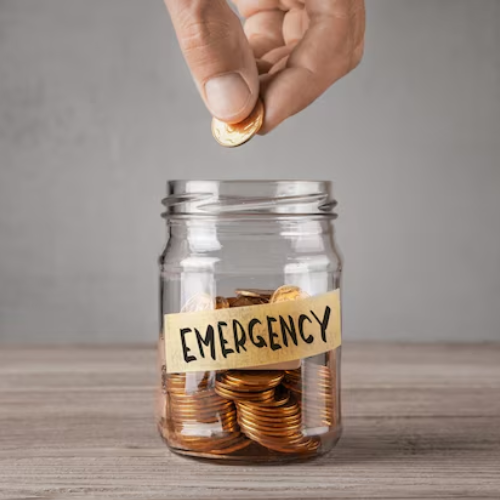Build a home is a dream for many people, but when your history isn’t in great shape, the process of buy a house with bad credit can become a serious challenge. Your credit score is one of the main factors banks and lenders evaluate when approving a mortgage loan. This number, usually between 300 and 850, shows lenders your payment history, debts, and ability to manage money. The lower your score, the less trust a lender will have, which often results in higher interest rates.
However, even if your credit is considered “bad,” there are still ways to purchase a home. The key is to understand how the system works, which programs can help, and how to prepare yourself to improve your chances of approval.
Why Credit Matters
In the U.S., the main companies that calculate credit scores are Equifax, Experian, and TransUnion. Banks use this information to decide whether to approve a mortgage loan and under what terms. A low score signals risk, which means the buyer may need to offer more collateral, pay higher interest rates, or look for special financing programs.
Beyond credit, other factors also play a role in approval, such as income, job stability, down payment amount, and debt-to-income ratio. That’s why, even with poor credit, careful planning can make a difference.
5 Tips for Buy a House with Bad Credit
1. Consider government programs
The government offers programs that help buyers with lower credit scores. For example, the FHA Loan, insured by the Federal Housing Administration, allows approval with a score as low as 500 (with 10% down) or 580 (with 3.5% down).
Another option is the VA Loan, available to veterans and active-duty service members, which requires no down payment and is more flexible with credit requirements. The USDA Loan, designed for rural areas, can also approve buyers with lower scores.
2. Make a larger down payment
If your credit history isn’t great, offering a larger down payment can reduce the lender’s risk. This shows commitment and can improve your approval odds, while also lowering the loan amount and monthly payments.
3. Look for alternative lenders
Not all mortgages go through big banks. Some credit unions and private lenders offer more flexible terms, looking at your overall history instead of just your credit score. These lenders may consider factors like your rental payment history, on-time utility payments, and job stability.
4. Use a co-signer
Having a co-signer with strong history can significantly boost your chances to buy a house with bad credit. This person signs the mortgage contract with you and becomes responsible for the debt if you can’t make the payments. It’s a strategy that requires trust and responsibility, as any missed payment will impact both credit scores.
5. Negotiate directly with the seller
In some cases, you can arrange a direct financing deal with the property owner, known as seller financing. In this setup, the seller acts as the lender, allowing you to make monthly payments directly to them, bypassing traditional banks.
6. Show financial stability
Even with bad credit, a stable job history, consistent income, and low debt levels can reassure lenders you’re capable of paying back the loan. Gather documents that prove this stability, such as pay stubs, tax returns, and bank statements.
Tips for Improving Your Credit Before Buying
If buying a home with bad credit feels too difficult, it’s worth working on improving your score. This can take a few months, but every point you gain can lower your interest rates and improve your approval chances. Here are some strategies:
- Pay bills on time: Payment history is the most important factor in your credit score. Set reminders or enable autopay to avoid late payments.
- Reduce debt: The lower your credit utilization ratio, the better. Ideally, keep it below 30% of your total credit limit.
- Avoid opening new credit accounts: Each application creates a hard inquiry on your report, which can temporarily lower your score.
- Negotiate with creditors: Sometimes you can arrange to settle debts for less or adjust payment terms.
- Check your credit report: You can request a free copy once a year at AnnualCreditReport.com and dispute any errors that may be hurting your score.
Final Thoughts
Buying a home with bad credit in the United States is challenging but not impossible. Government programs, larger down payments, alternative lenders, and creative financing strategies can open the door to homeownership. At the same time, improving your credit will benefit not just your home purchase but your overall financial health in the long run.
With planning, research, and discipline, you can turn the dream of owning a home into reality, even if you start with a less-than-perfect credit history. The secret is knowing your options, preparing your paperwork, and, if possible, taking steps to improve your credit before starting the process.
All information in this and other BOISLA articles is subject to change over time. Please check for updates directly with the institutions and companies mentioned. Approval is subject to the institution’s review.
REFERENCES:
Read more about finances in https://boisla.com/category/blog/





